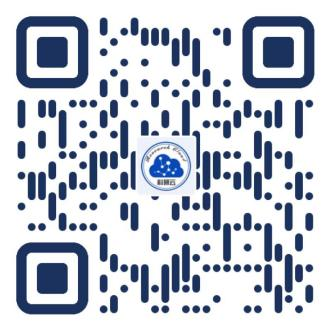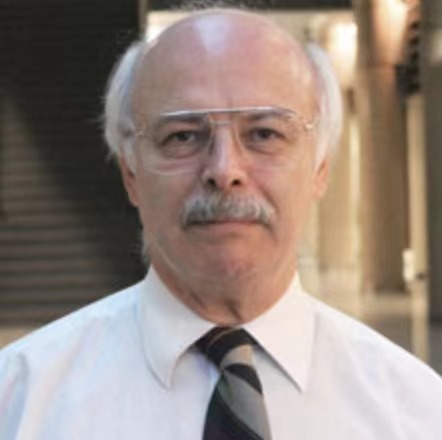
报告时间
2023年7月4日 08:00-09:30
报告题
Photothermal Coherence Tomography: Three-Dimensional Imaging Modality Based on Diffusion Localization
主办方
哈尔滨工业大学国际应用力学中心
观看方式

报告人介绍

Prof. Andreas Mandelis
Professor Andreas Mandelis is a Full Professor of Mechanical & Industrial Engineering; Electrical & Computer Engineering; and the Institute of Biomaterials & Biomedical Engineering, University of Toronto. Dr. Mandelis’ fundamental research interests are focused on studies of physical processes in condensed and biological matter as they impact instrumentation science and signal generation. Professor Mandelis is the Canada Research Chair (Tier 1) in Diffusion-Wave Sciences and Technologies and a Fellow in the Academy of Sciences of The Royal Society of Canada. He has been selected for the Alexander von Humboldt Professor Award twice (in 2003 and 2012). He is the 2007 (inaugural) recipient of the Ontario Premier’s Discovery Award in Science and Engineering. He received the ASME 2009 Yeram Touloukian Award (and Medal) in Thermophysics, the Senior Prize of the International Photoacoustic and Photothermal Association, and the Canadian Association of Physicists (CAP) Medal for Outstanding Achievement in Industrial and Applied Physics. In 2010 he was awarded a Killam Research Fellowship from the Canada Council for the Arts. He is the recipient of the American Physical Society’s (APS) 2012 Joseph F. Keithley Award for Advances in Measurement Science and of the CAP-INO Medal for Outstanding Achievement in Applied Photonics. In 2013 he was selected as one of 10 recipients of the 2013 University of Toronto Inventors of the Year Award. He is a Fellow of the Canadian Academy of Engineering, the APS, the SPIE, the AAAS and the ASME.
报告摘要
Traditional diffusion-based imaging techniques such as thermography are limited by diffusive energy transport and can only produce depth-integrated two-dimensional images in general materials. In the field of thermal diffusion, periodic heating and cooling cycles give rise to so-called “thermal diffusion waves” (or simply “thermal waves”) with key characteristic the ability to control the propagation depth by means of the diffusion length – a quantity that depends on the frequency of the periodic thermal disturbance and on the material thermal diffusivity. This talk will present truncated correlation photothermal coherence tomography (TC-PCT), a platform developed in the CADIPT for subsurface imaging of wide classes of materials and tissues. TC-PCT enables thermal waves to exhibit energy localization akin to non-diffusive waves like ultrasound, despite their diffusive nature. It uses laser-pulse-induced thermal excitation and performs pulse compression and matched filtering, two encoded waveform processes inspired by radar science. Time-windowed thermal diffusion transient signals are cross-correlated with the delay-shifted reference signal and used to reconstruct slice-by-slice depth distribution of optical and thermal sources in opaque and multi-absorber solids.
When used with a mid-infrared camera, this approach results in depth-selective imaging which not only improves axial and depth resolution despite the physics of spreading (diffusive) thermal transients, but also allows for deconvolution of individual superposed axially discrete sources, opening a new field of three-dimensional (3D) thermal imaging in a wide spectrum of applications from non-destructive testing of industrial materials and components to dental caries diagnosis, to non-invasive imaging of biotissues. Images are further processed with a unique spatial-gradient-gate adaptive filter in a scanned mode along the (x,y) coordinates of the camera pixel array. In optically inhomogeneous media such as biomaterials, this filter reveals optical absorber true spatial extent from laser generated diffusive thermal images and restores pre-diffusion lateral image boundaries thereby enhancing spatial resolution beyond the Rayleigh criterion limit.
The presentation will conclude with two applications of TC-PCT imaging: One, in non-destructive materials testing, providing 3D visualization of deep (~ 4 mm) subsurface defects in an opaque steel sample, well beyond today’s thermography methods. The other, in small animal imaging: Early cancerous tumor detection in a nude mouse thigh with precise measurements of the size and shape of the detected tumor; and in-vivo and ex-vivo images of a mouse brain which reveal not only vascular structures but also other brain architecture. The key TC-PCT capability for depth selectivity despite the diffusive nature of signals, gives rise to a so-far unattainable wide range of possible applications in science, medicine, dentistry and engineering.





